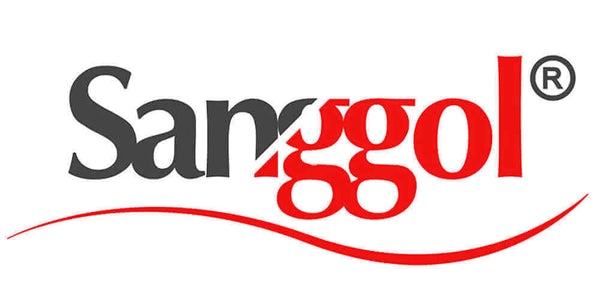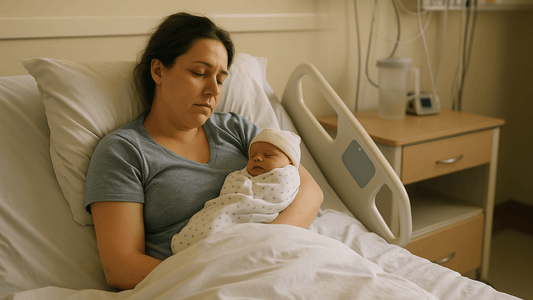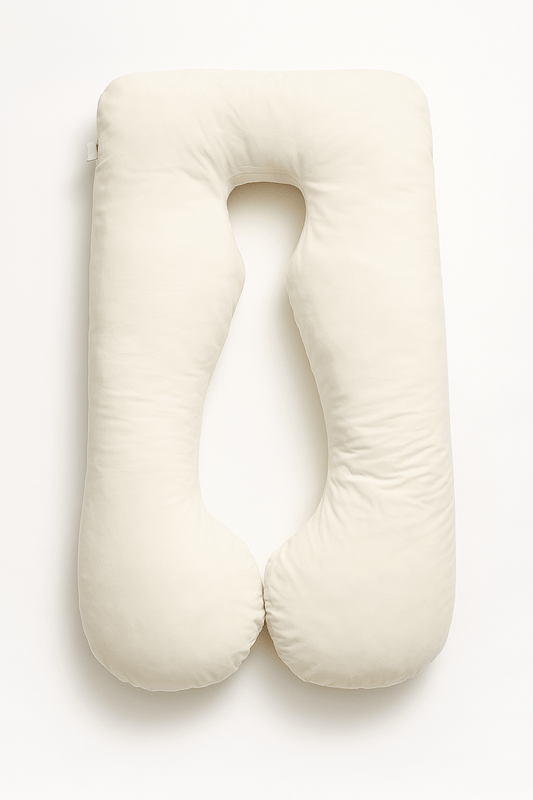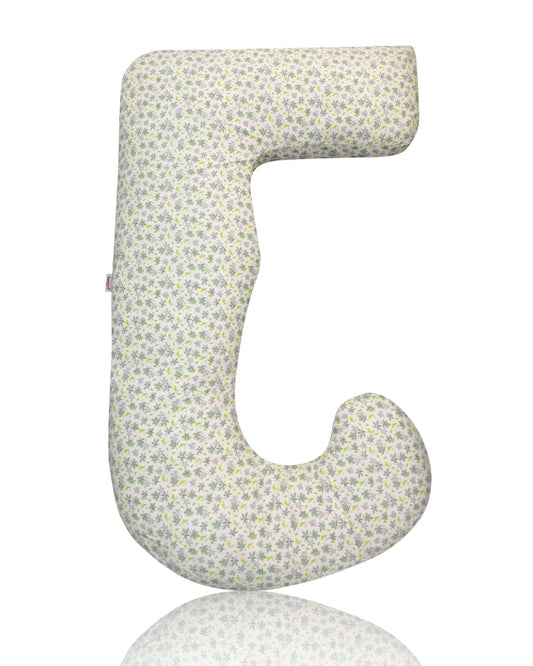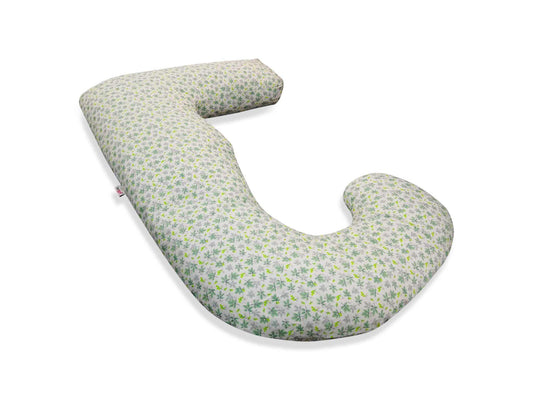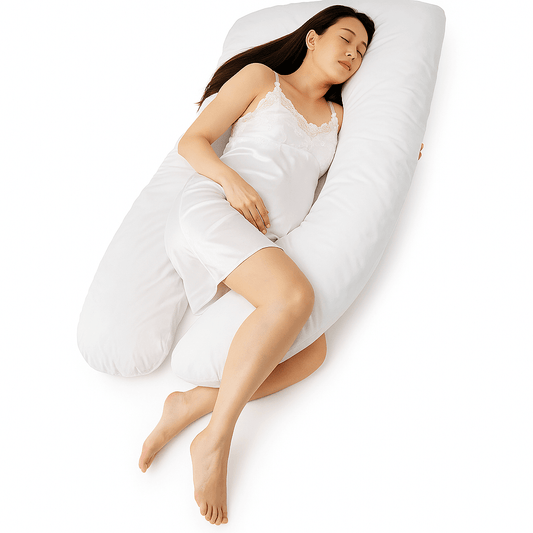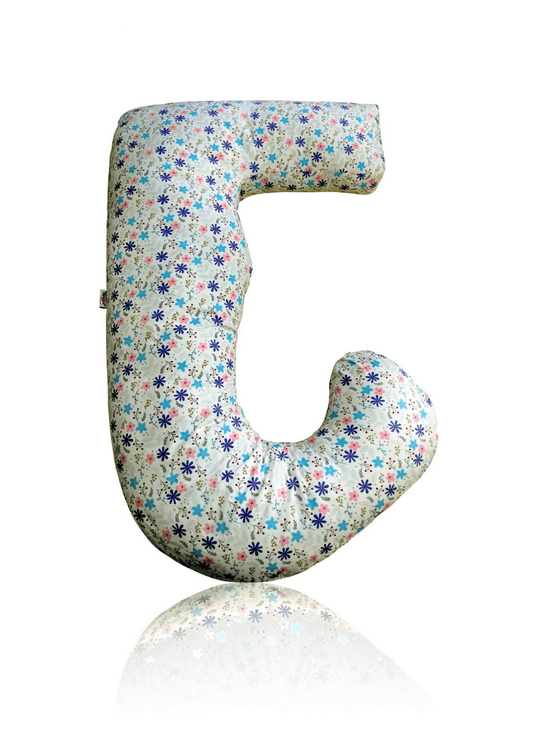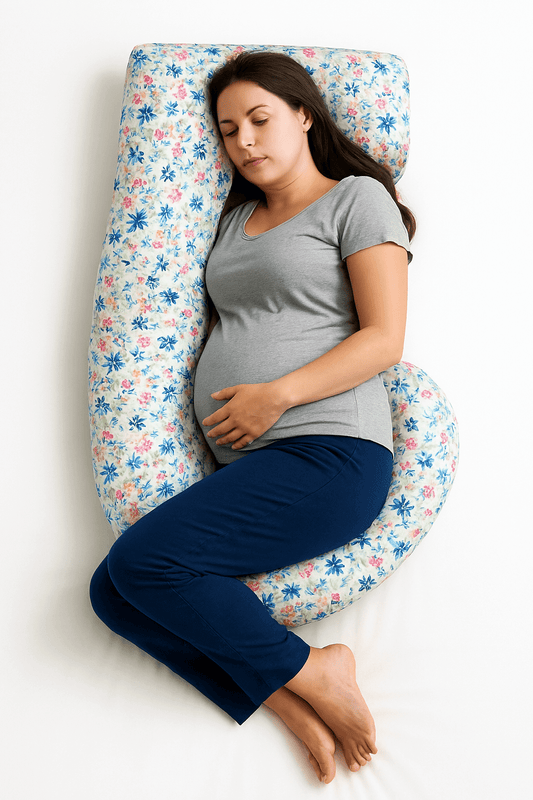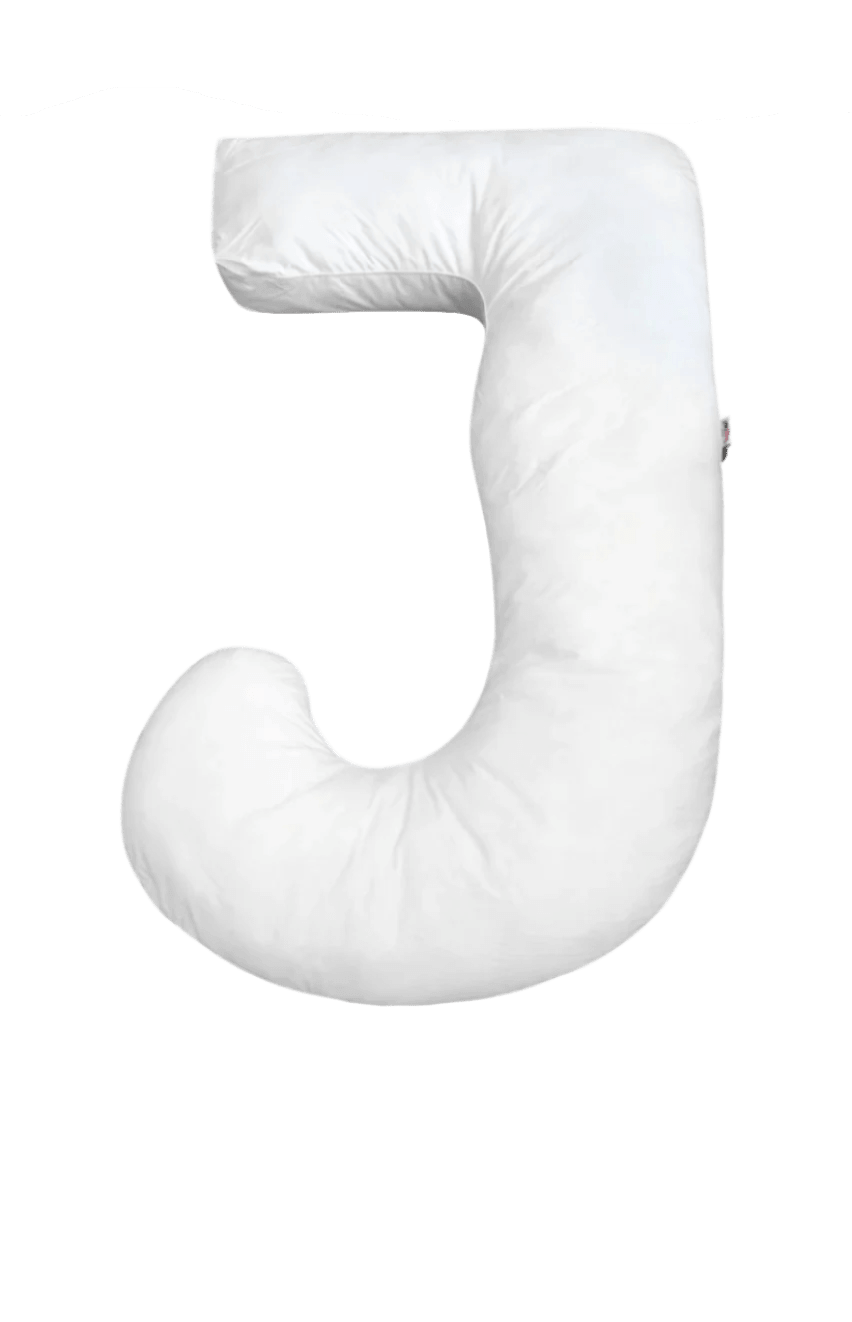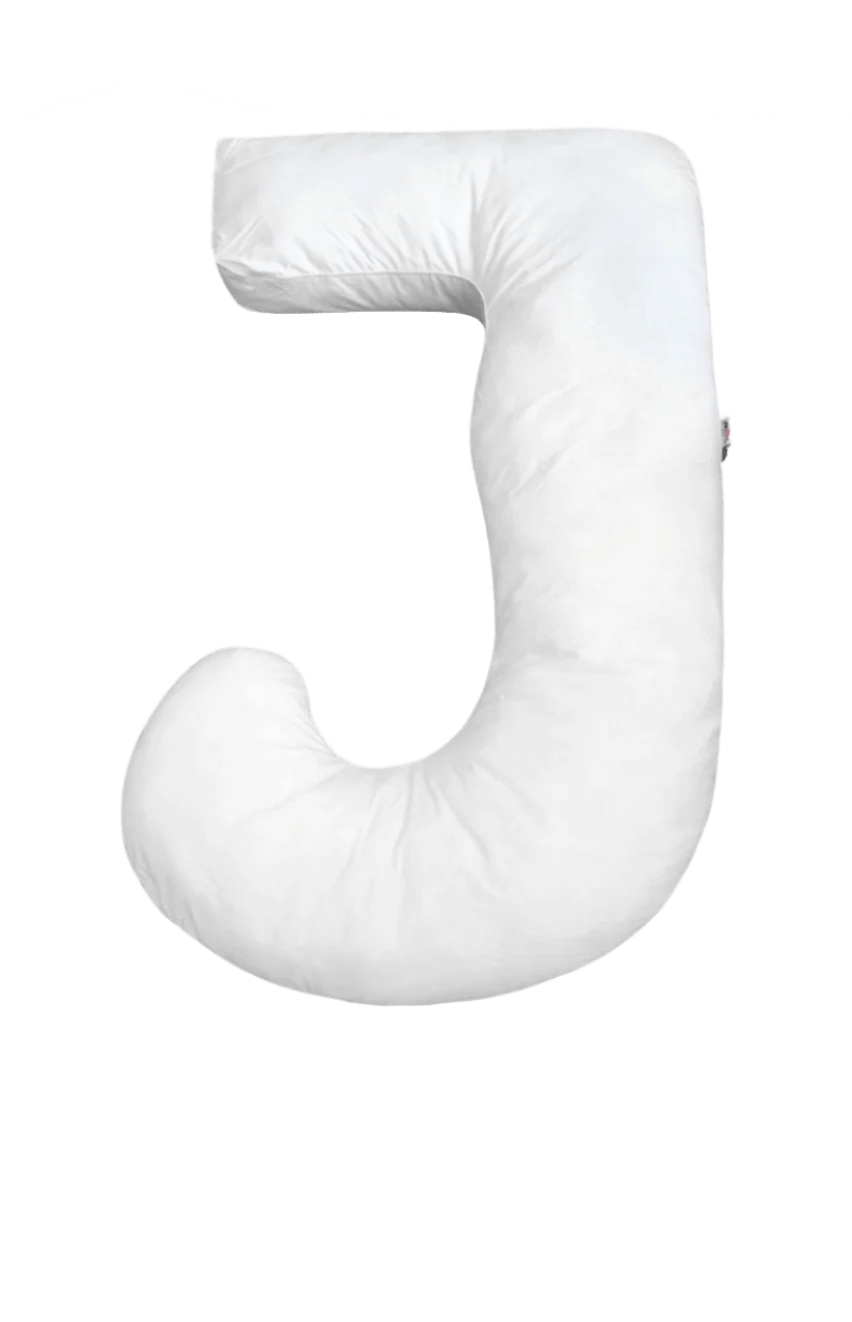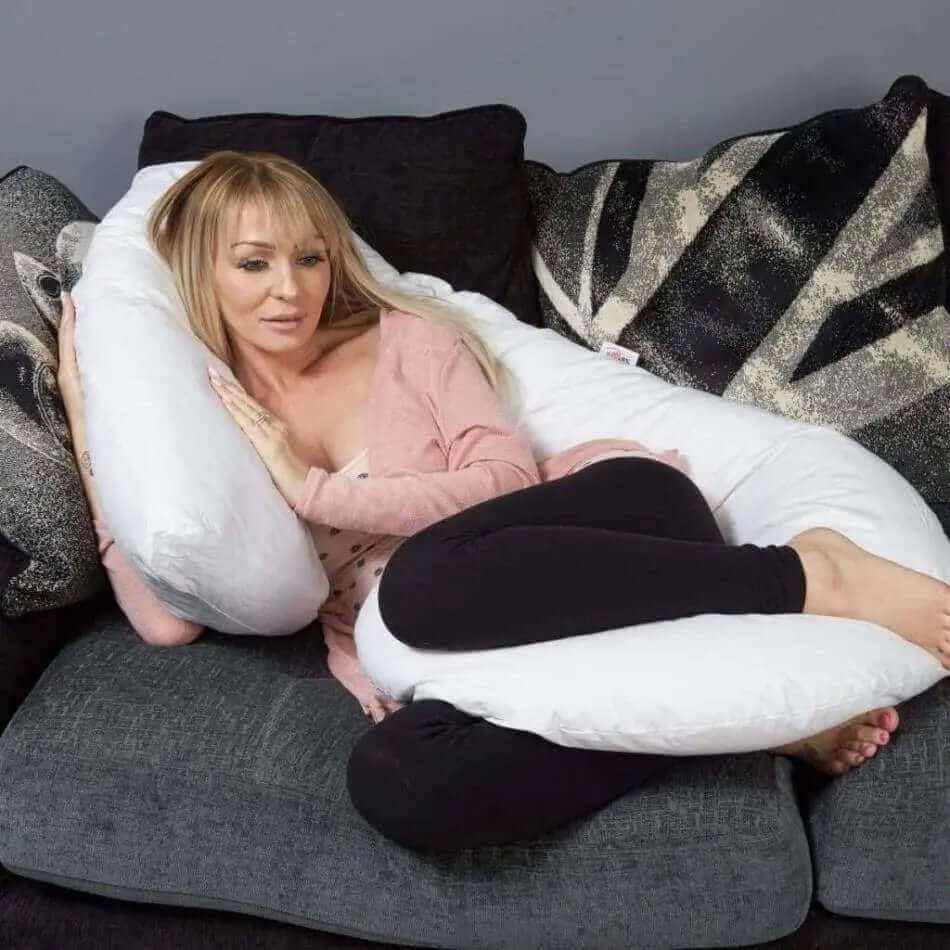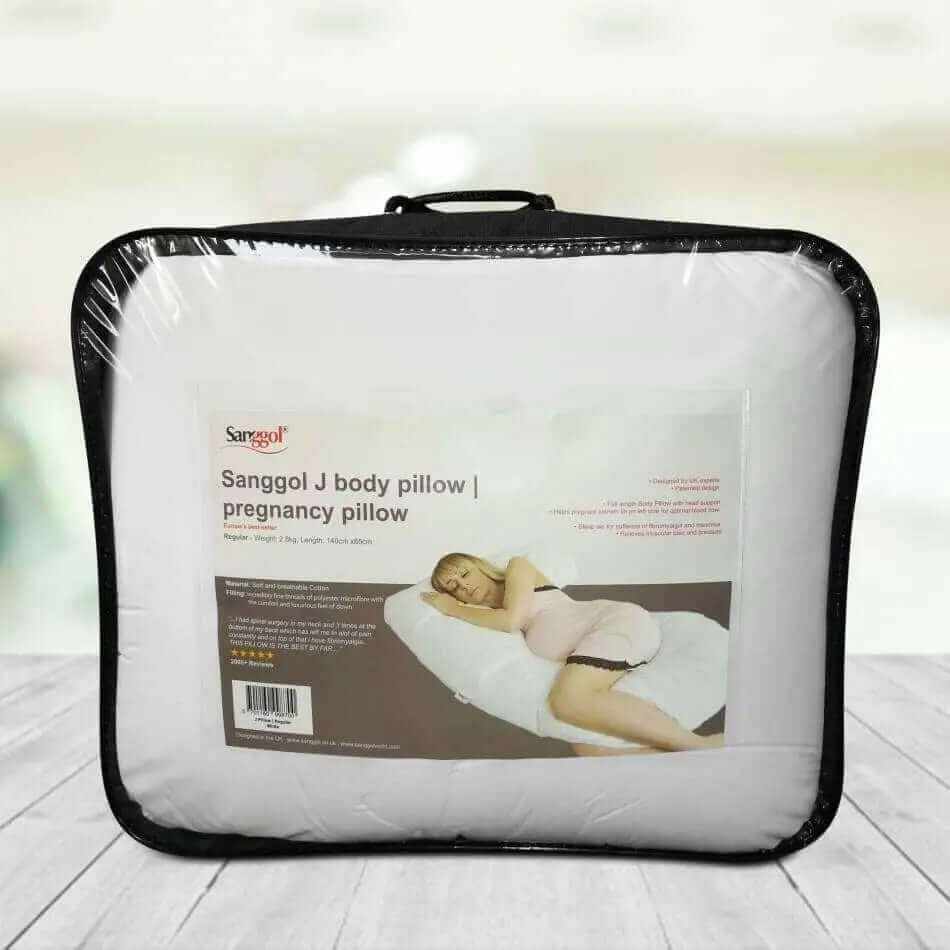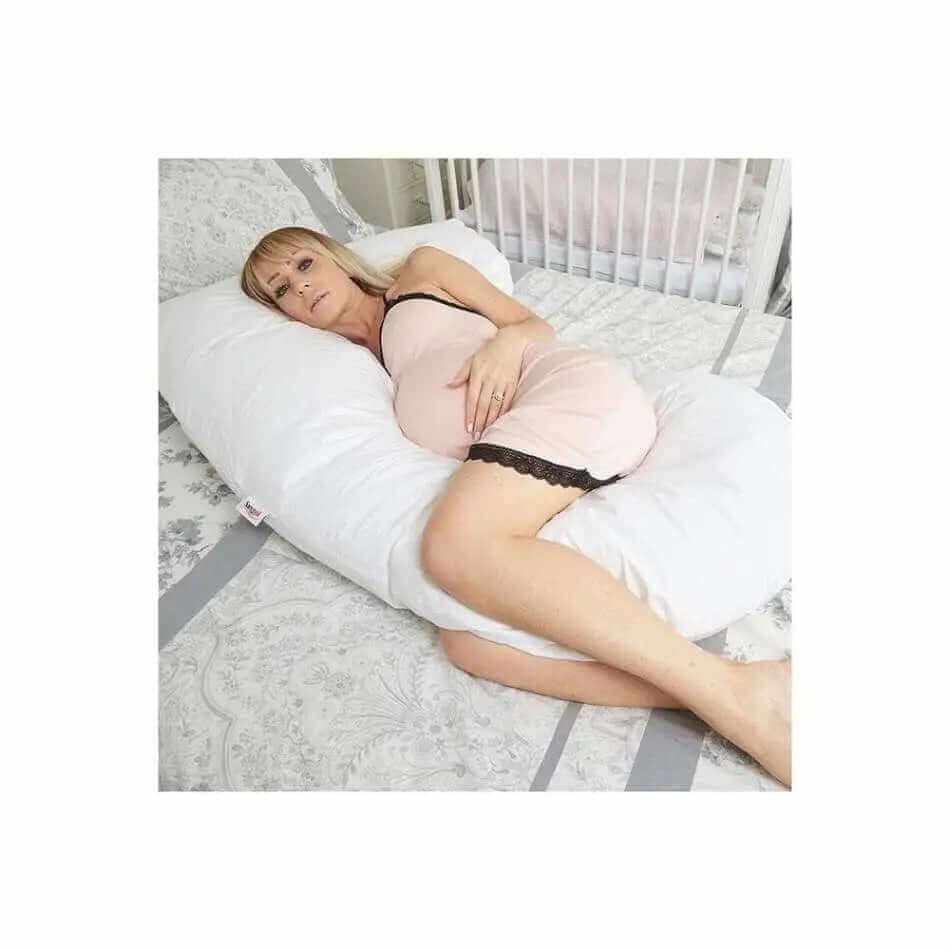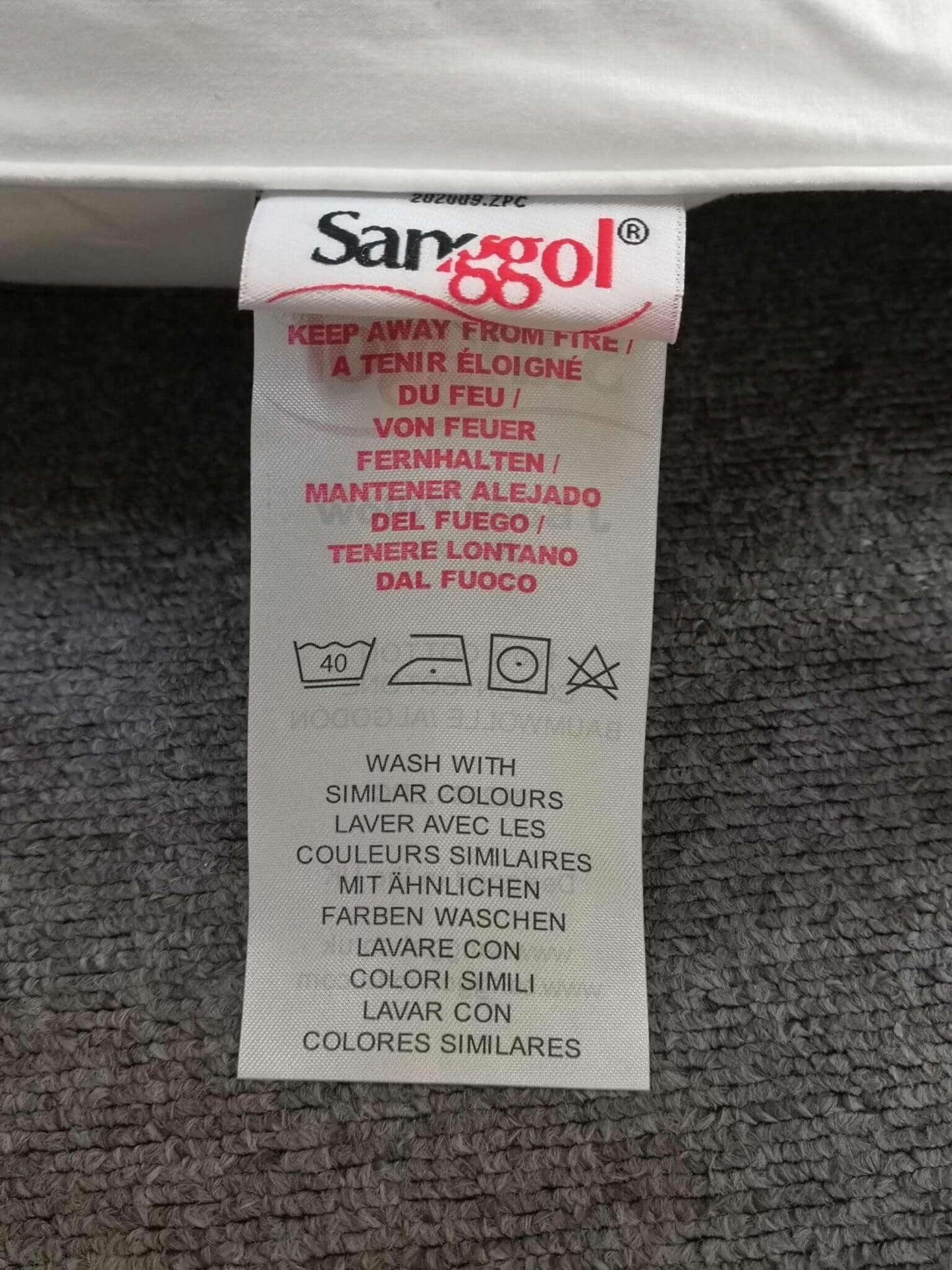Why Every New Parent Needs a Baby Wrap Sling Carrier

Discover the Perfect Baby Wrap Sling Carrier for Comfort and Bonding
Create Comfort, Connection, and Confidence From Day One
Welcoming your newborn is a beautiful milestone — and finding ways to stay close, calm, and confident in those first weeks can make all the difference. A baby wrap sling carrier isn’t just a practical tool; it’s a gentle way to support both you and your baby with warmth, closeness, and freedom of movement.
Why Choose a Baby Wrap Sling Carrier?
A baby wrap is more than a carrier — it’s a soft, secure fabric that wraps around you and your baby, creating a womb-like environment that helps ease your little one into the world. This close contact nurtures trust and helps your baby feel calm and content, especially in the early days.
Designed for Everyday Life
Baby wrap slings are versatile and beautifully simple. They’re ideal for newborns and infants and can be adjusted to suit your baby’s size and your preferred carry style — whether front, hip, or back. It’s freedom for you, and comfort for your baby.
- Lightweight and breathable
- Easily adjustable for different body types
- Compact enough to carry in your bag
- Hands-free support throughout the day
Ergonomic, Supportive, and Safe
A good wrap sling encourages the natural “M” shape position for your baby’s hips — the ideal posture recommended for healthy development. It also helps distribute weight evenly across your shoulders and back, making carrying your baby for longer periods more comfortable.
Easy to Learn, Quick to Love
If it’s your first time using a wrap sling, don’t worry — it becomes second nature faster than you think. Most wraps include step-by-step instructions or video tutorials. Once you’ve done it a few times, the process becomes smooth and reassuring.
Common Questions About Baby Wrap Sling Carriers
Q: Are baby wrap slings safe for newborns?
A: Yes — when used correctly, baby wrap slings are suitable from birth. Make sure your baby’s face is always visible, and their chin is lifted off their chest to keep airways clear.
Q: What’s the best carry position for a newborn?
A: The front-carry, inward-facing position is ideal. It supports your baby’s posture and helps them feel secure and close.
Q: Can a baby wrap sling help with hip development?
A: Yes — a well-fitted wrap supports the natural “M” shape leg position, which is recommended for healthy hip development.
Q: How long can I carry my baby in a wrap?
A: As long as you and your baby are comfortable. Take regular breaks, check positioning often, and ensure your baby stays cool and supported.
How to Tie a Baby Wrap Sling: Simple Steps for Beginners
Using a baby wrap sling for the first time can feel a little daunting — especially when you're holding a newborn and learning new routines at the same time. But with a little guidance and a few repetitions, wrapping becomes second nature. Most baby wrap slings follow a basic front-carry style, which keeps your baby snug against your chest — an ideal position for bonding, safety, and comfort in those early months.
Below is a simple step-by-step guide to help you get started with confidence:
How to Tie a Baby Wrap Sling: Front Inward-Facing Carry
Step 1:
Find the center of the wrap (usually marked with a tag) and place it flat across your chest or just below your chest. Let the fabric hang evenly on both sides.
Step 2:
Wrap the fabric around your waist toward your back. While holding both ends of the wrap, cross them behind your back, and bring them over your shoulders — forming an “X” across your back. Let the ends hang down in front.
Step 3:
Take each hanging shoulder strap and tuck it under the front panel that’s lying flat across your chest or belly. This creates a supportive horizontal seat for your baby.
Step 4:
Cross the two ends again across your body (just under your chest) to form an “X” on your front. Pull the fabric snug to give support and then bring the ends behind your back (or around to the front again if the wrap is long).
Step 5:
Tie a double knot securely behind your back, at your side, or in front — wherever feels most comfortable. Make sure it’s loose enough to leave around 6–8 inches of open space at the front for your baby.
Step 6:
Pick up your baby and place them upright against your chest, with their legs straddling your torso.
Step 7:
Pull the inner shoulder strap (the one closest to your body) over your baby’s bottom and back, spreading the fabric from knee to knee. Then repeat with the outer strap, layering it on top.
Step 8:
Lift the horizontal front panel up and over your baby’s legs and bottom. Tuck it gently under their knees to help form the ergonomic “M” shape. Your baby’s face should always be visible, with chin lifted and close enough for you to kiss.
Comfort and Safety Tips
Your baby’s face should always be visible — never buried in fabric. Their head should rest close enough to your chin that you can kiss it easily. Make sure their chin isn’t pressed against their chest. You should be able to slide two fingers between their chin and chest. The ideal leg position is the “M” shape — knees higher than the bum, legs spread naturally. This helps support healthy hip development. The wrap should feel snug but not constricting. If your baby sinks too low or feels loose, adjust the tension before continuing your day.
Building Confidence With Practice
The first few times may feel awkward — and that’s completely normal. Many parents rehearse with a doll or soft toy to get the technique right before placing their baby inside. With regular use, you’ll find your rhythm, and soon the wrap will feel like a natural extension of your daily routine. Remember, every parent learns at their own pace. What matters most is that you and your baby feel secure, comfortable, and connected.
When to Start and Stop Using a Baby Wrap Sling
A baby wrap sling can be used from day one, as long as your baby meets the minimum weight requirements for the product. Most wraps are suitable from around 7–8 lbs (3.2 kg), which includes most full-term newborns.
You can continue using a wrap as long as you and your baby are comfortable. Many parents find wrap carriers ideal until 6–9 months, when their baby becomes more active or starts sitting upright. Some stretchy wraps may become less supportive beyond this stage, in which case a structured carrier or woven wrap may be more appropriate.
If your baby feels heavy or squirmy in the wrap, it may be time to explore other options — but until then, enjoy the closeness and convenience that babywearing brings.
Benefits of Babywearing for Parents
Using a baby wrap sling doesn’t just benefit your little one — it can be transformative for you as well. Carrying your baby close can reduce parental stress, increase confidence, and strengthen your emotional connection during the fourth trimester.
Many parents report feeling more in tune with their baby’s needs when using a wrap, especially in the early weeks when cues are subtle. Babywearing also encourages skin-to-skin contact, which has been shown to promote hormonal balance, boost milk production, and support emotional regulation for both parent and baby.
Whether you're adjusting to a new routine or simply want to feel more connected, a baby wrap sling offers more than convenience — it provides comfort, reassurance, and bonding in motion.
Choosing the Right Wrap for You
Not all baby wraps are the same, and choosing the right one can make your experience more enjoyable. Here are a few things to consider when selecting a sling:
- Material: Cotton blends are breathable and soft for sensitive skin, while bamboo and jersey fabrics offer gentle stretch. Woven wraps provide firmer support and longevity.
- Length: Standard wraps typically range from 4 to 5.5 metres. Longer wraps allow for more versatile carries, while shorter ones are easier to manage.
- Support level: Stretchy wraps are ideal for newborns and early babywearing, but if you plan to carry your baby beyond six months, consider a woven wrap or structured option.
- Personal style: Choose a colour or print that suits your aesthetic — after all, it’s something you’ll wear often.
The best wrap is one that feels good to wear, fits securely, and helps you move through your day with ease.
Wrap Up Your Moments With Comfort
Your baby’s early days are full of discovery — and the right baby wrap sling helps you stay close while moving through them with ease. Whether you’re relaxing at home or stepping outside for a stroll, your wrap becomes a part of your shared rhythm, offering softness, support, and connection with every step.
Explore our recommended baby wrap sling carrier →
First pregnancy? Invest in a body pillow built to last - through every stage and every pregnancy.
